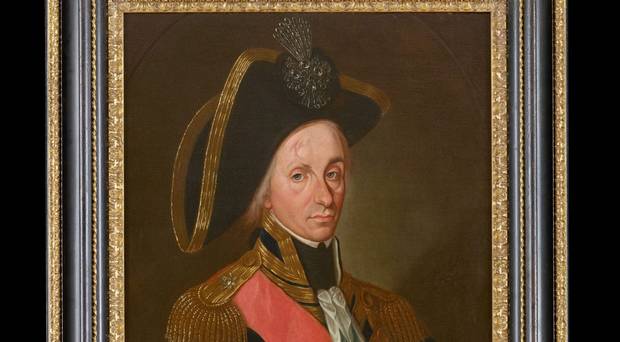
A “lost” painting of Admiral Lord Nelson showing his facial scarring and missing eyebrow is to go on display in London.
Part of a series of portraits of the famous admiral painted by Italian artist Leonardo Guzzardi in 1799, the painting was last publicly seen in a newspaper article in 1897.
The painting was rediscovered from an American private collection by art dealer and presenter of BBC programme Fake or Fortune, Philip Mould.
On finding the painting, he found Nelson’s missing eyebrow, and some of the scarring he sustained at the Battle of the Nile in 1798 had been painted over.
The injuries to the Royal Navy’s most famous hero were caused by flying metal during the battle and were a crucially significant part of Guzzardi’s original characterisation than many later portraits.
Mr Mould brought the painting back to England for restoration, which included the removal of the paint added to cover up the maritime hero’s scarring.
He said: “This was like reversing plastic surgery to reveal lost history.
“Seeing the scar emerge was a remarkable moment – Nelson the human replaced the more heroic projection.
“It was not uncommon for unsophisticated restorers in the last century to believe they were ‘improving’ original works with their own paintbrush, only to disguise their authenticity and distinction in the process. ”
This version of Nelson’s likeness holds further interest, having been owned by collector Alfred Morrison, who also possessed the celebrated correspondence between Nelson and his mistress Lady Hamilton.
The painting will be displayed at Philip Mould & Co’s gallery in London from Monday and is on sale for an undisclosed amount.
Alongside the painting, a recreation of the diamond chelengk, a form of military decoration, which adorns Lord Nelson’s hat in the picture will also be displayed. The original was stolen from the Royal Maritime Museum in 1951.













